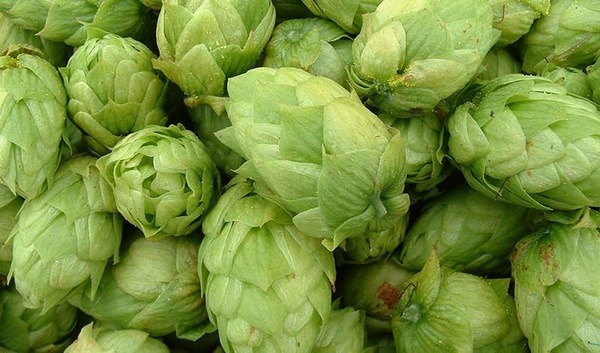Common Hop (Humulus lupulus): Uses, Benefits & Cultivation
The Common Hop (Humulus lupulus), a vigorous climbing plant, is renowned for its crucial role in brewing beer. However, its applications extend far beyond the beverage industry. This fascinating plant boasts a rich history, offering a range of potential benefits and uses. From its distinctive aromatic qualities to its potential medicinal properties, the Common Hop is a subject of ongoing research and appreciation.
Cultivation
Growing hops requires careful planning. Understanding its specific needs, including sunlight, soil conditions, and support structures, is vital for a successful harvest. This detailed guide will equip you with the knowledge to cultivate your own hops, whether on a small scale or as a larger-scale operation. Topics covered include planting methods, pest and disease management, and harvesting techniques.
Uses and Benefits
- Brewing: The primary use of hops is in beer production, where they contribute significantly to the beer’s bitterness, aroma, and preservative qualities. Different hop varieties offer unique flavor profiles, allowing brewers to create diverse and complex beers.
- Medicinal Properties: Traditional medicine has utilized hops for various purposes, and modern research continues to explore its potential health benefits. Note: It is crucial to consult with a healthcare professional before using hops for medicinal purposes.
- Gardening: The vigorous growth habit of hops makes them an attractive addition to gardens, providing a natural screen or cover for fences and walls. Their climbing nature and attractive foliage enhance the aesthetic appeal of any outdoor space.
Further Research
This information serves as an introduction to the Common Hop. For more in-depth knowledge, further exploration of scientific literature and specialized resources is recommended.
Related products
Herbal Remedies
 Free worldwide shipping on orders $99+
Free worldwide shipping on orders $99+  US: temporary delays — postal services aligning new import rules,
US: temporary delays — postal services aligning new import rules,  EU: 1–2 weeks,
EU: 1–2 weeks,  Worldwide: 1–4 weeks
Worldwide: 1–4 weeks 











